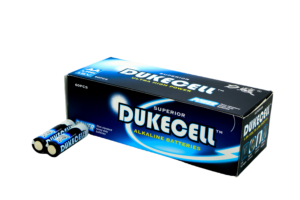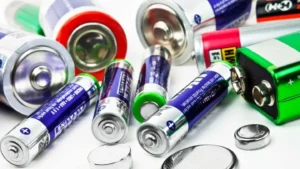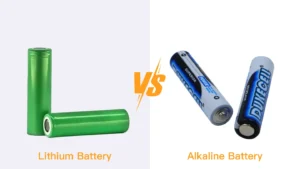From powering your smartphone to running electric vehicles and stabilizing solar energy systems, lithium ion batteries are everywhere. But here’s a fact that often surprises people: the average li ion battery lifespan can experience noticeable capacity loss—up to 20%—within the first year, depending on usage and charging habits.
Lithium ion batteries are favored for their high energy density, lightweight form factor, and reliable performance, making them the top choice in both consumer electronics and industrial applications. However, like all rechargeable batteries, they degrade over time—a process commonly referred to as capacity fade, where the battery capacity diminishes and efficiency drops with each charging cycle.
For everyday consumers, this could mean shorter runtime or more frequent charging. For businesses, the impact is more critical—such as reduced driving range in electric vehicles, unpredictable backup in data centers, or increased costs in energy storage systems using LiFePO4 batteries or similar technologies.
Understanding lithium ion battery life expectancy—and the factors that influence it—is essential. It empowers consumers to make informed decisions and helps organizations optimize system reliability, plan for replacements, and reduce total cost of ownership. So, how long do lithium batteries last, and what determines their service life? Let’s break it down.
Types of Lithium Batteries
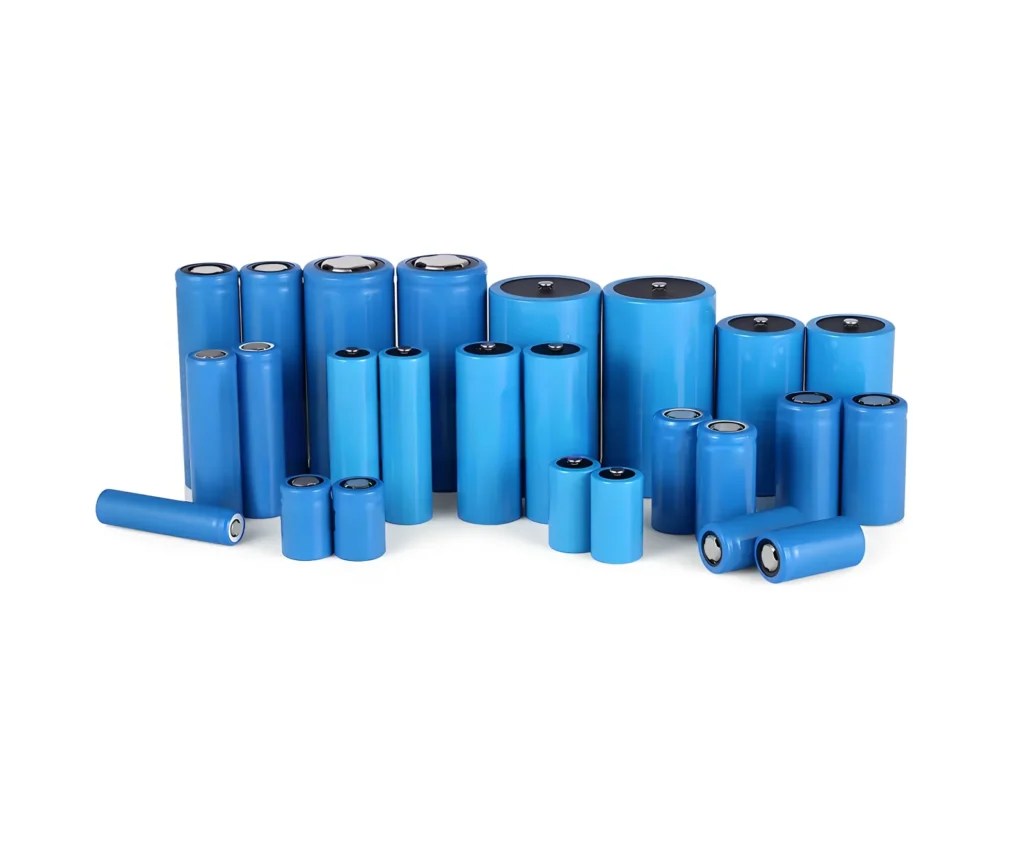
Not all lithium batteries are created equal—different chemistries offer different strengths, weaknesses, and life expectancies. Among the most widely used types are Lithium Nickel Manganese Cobalt Oxide (NMC) and Lithium Iron Phosphate (LiFePO₄), though other chemistries like Lithium Cobalt Oxide (LCO) and Lithium Titanate (LTO) are also used in specialized applications such as drones, medical equipment, or high-speed charging systems.
NMC batteries, commonly found in smartphones, power tools, and many electric vehicles, are known for their high energy density—typically ranging from 150 to 220 Wh/kg. They support fast charging and compact form factors. However, this comes at a cost: they tend to have a cycle life of around 500–1,000 full charge cycles, after which battery capacity significantly declines. Their chemical structure makes them more sensitive to high temperatures and deep discharge, leading to faster capacity loss over time.
In contrast, LiFePO₄ batteries offer a longer lifespan and much better thermal stability, making them ideal for applications where safety and durability are critical—such as off-grid solar energy systems, data center backup power, and commercial energy storage units. Though their energy density is slightly lower (typically 90–140 Wh/kg), they often deliver 2,000 to 5,000 charging cycles with minimal degradation. Their flat voltage curve and stable chemistry also allow them to operate safely across a wide state of charge range without being fully charged or fully discharged—conditions that often accelerate aging in other lithium chemistries.
Lithium Battery Lifespan
Lithium battery lifespan is typically measured in two ways: cycle life and calendar life. Cycle life refers to how many complete charging cycles a battery can handle before its capacity drops to 80% of its original value. For example, two discharges from 100% to 50% equal one full cycle. Depending on the chemistry, lithium batteries may offer 500 to 5,000 cycles.
Calendar life is the total time a battery remains functional regardless of usage. Even unused batteries slowly degrade—especially when stored at high temperatures or kept at full charge for long periods.
Manufacturers test lifespan in labs by repeatedly fully charging and discharging cells under controlled conditions. Factors like state of charge, temperature, and current flow (C-rate) are carefully monitored. While these tests give useful benchmarks, actual lifespan varies based on how the battery is used in real-world environments.
Understanding both cycle and calendar life helps users estimate service life more accurately—whether they’re designing EV systems or maintaining energy storage backups.
Factors That Affect Lithium Battery Lifespan
The lithium ion battery life expectancy is influenced by multiple factors—each with measurable impact depending on the battery type and use case.
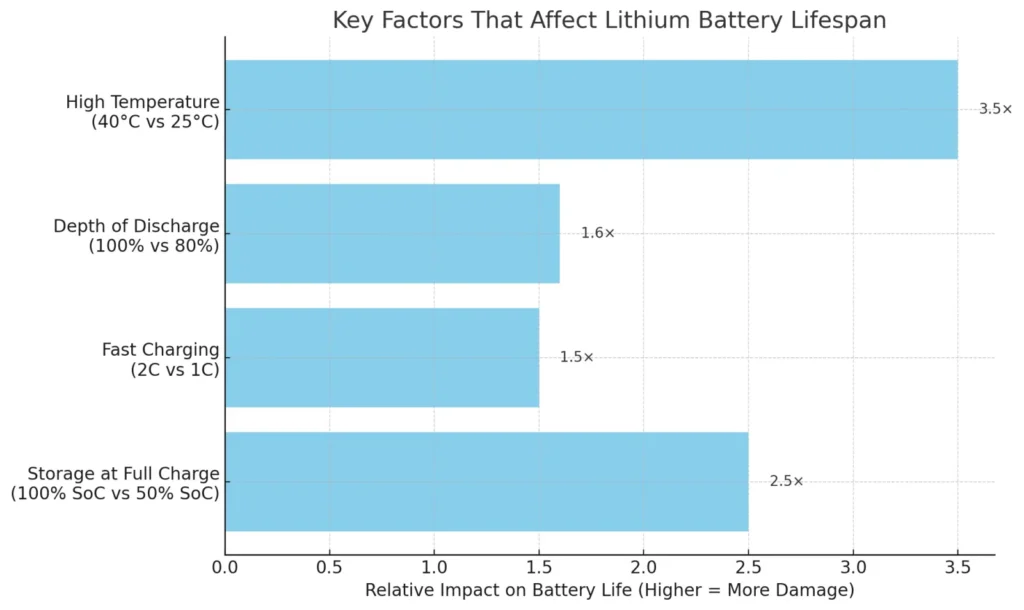
Temperature
High temperatures are one of the most damaging elements for lithium ion batteries. At 40°C (104°F), some NMC cells can lose up to 35% of their battery capacity in just one year, compared to under 10% at 25°C (77°F). Lithium iron phosphate (LiFePO₄) cells tolerate heat better but still experience degradation over time. In contrast, extremely low temperatures don’t cause permanent damage but do reduce short-term discharge performance—especially in electric vehicles or outdoor storage systems.
Estimated impact: For every 10°C (18°F) rise above room temperature, chemical aging rates may double.
Depth of Discharge (DoD)
Shallower charge and discharge cycles help extend a battery’s cycle life. For example, lifepo4 batteries tested at 80% DoD often achieve over 2,500 charging cycles, while at 100% DoD, they may fall below 1,500 cycles. Keeping the battery within a 20–80% state of charge range significantly improves lifespan.
Estimated impact: Reducing DoD from 100% to 80% can increase cycle life by 40–60%.
Charge Rate (C-rate)
Rapid charging generates heat and stress on internal components. Charging at 1C is generally safe, while charging above 2C may reduce battery lifespan by up to 50%—especially for NMC or other high-density chemistries. Modern rechargeable batteries often rely on smart BMS algorithms to optimize charging speeds.
Estimated impact: Moving from 1C to 2C charging may reduce li ion battery lifespan by 30–50%.
Storage Conditions
Storing batteries at full charge for extended periods speeds up calendar aging, especially in high temperatures. Manufacturers recommend keeping batteries at around 50% state of charge in cooler conditions for long-term stability. This is critical for backup systems, parked electric vehicles, and seasonal-use devices.
Estimated impact: A battery stored at 100% SoC and 35°C may degrade 2–3× faster than one stored at 50% SoC and 20°C.
Whether in solar-powered homes, delivery fleets, or industrial applications, the way batteries are used and stored directly shapes how much value they ultimately offer.
How to Extend Lithium Battery Life
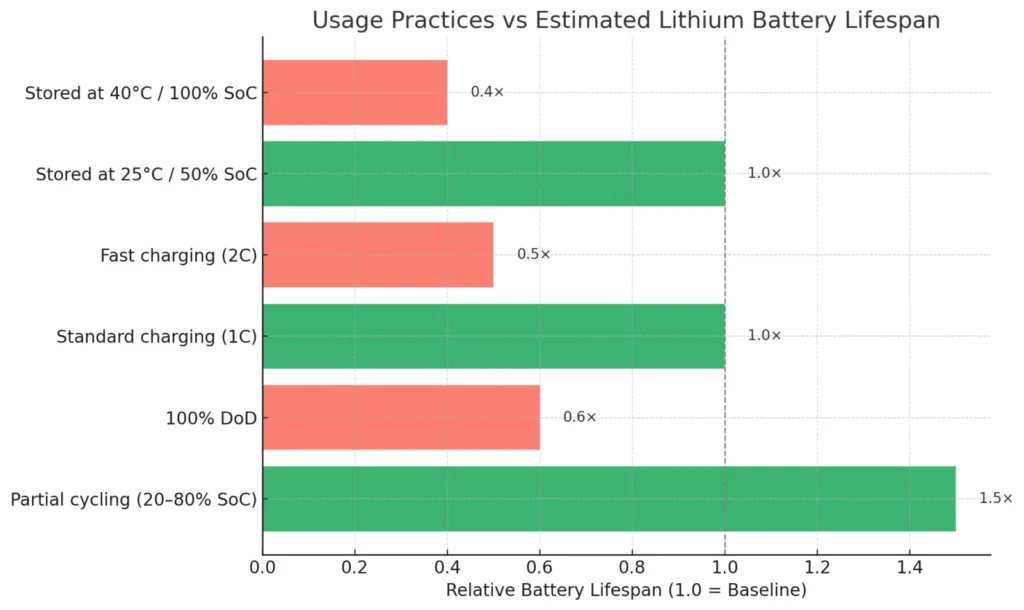
Extending the life of lithium batteries—whether in a smartphone, energy storage system, or electric vehicle—requires a smart mix of usage habits, temperature management, and system-level control.
1. Avoid High Temperatures
Heat is the number one enemy of battery longevity. Keep lithium batteries in cool environments, ideally between 59°F and 77°F (15°C to 25°C). Avoid leaving devices in hot cars or placing battery banks near heat sources. Lower temperatures significantly slow calendar aging.
2. Don’t Store at Full Charge
Storing batteries at 100% full charge accelerates chemical wear. Aim to store them at around 50% state of charge, especially during long idle periods. For daily use, charging to 80–90% is often a good trade-off between usability and cycle life.
3. Use Partial Discharges
Avoid draining batteries to 0%. Staying within a 20–80% state of charge range helps minimize stress and extend life. This is especially beneficial for lithium iron phosphate (LiFePO₄) cells, which respond well to partial cycling.
4. Charge at a Moderate Rate
Fast charging adds heat and mechanical stress. If possible, charge at 1C or below—especially in stationary systems or overnight. It’s slower, but greatly reduces capacity loss over time.
5. Enable Smart Monitoring and Maintenance
For systems like solar storage or EV fleets, using a Battery Management System (BMS) is essential. A quality BMS balances cell voltages, controls charging, and tracks real-time data. In enterprise applications, routine diagnostics—such as capacity tests and thermal profiling—can detect early degradation and extend the system’s service life.
6. Use the Right Battery for the Application
Choose the chemistry that matches your needs. For high-heat and long-cycle applications, lifepo4 batteries offer a longer lifespan and better thermal stability than NMC. For compact, high-power devices, NMC may still be the preferred choice.
Small changes in how you use, charge, and store lithium batteries can double or even triple their lifespan—saving money, improving reliability, and reducing waste over time.
In general, lithium batteries last anywhere from 2 to 10 years, depending on their chemistry, usage patterns, and environmental conditions. While NMC batteries may deliver 500–1,000 charging cycles, lithium iron phosphate (LiFePO₄) batteries can exceed 2,000–5,000 cycles with proper care. Ultimately, lithium ion battery life expectancy is not fixed—it’s shaped by how you choose to use and manage your battery systems.
At Dukecell, we specialize in the manufacturing, wholesale, and OEM customization of high-performance lithium batteries for a wide range of industries—from consumer electronics and e-mobility to solar storage and industrial backup power. Whether you need NMC, LiFePO₄, cylindrical, pouch, or prismatic cells, our engineering team is ready to help you design the right solution for your application.
Get in touch with Dukecell’s battery experts today to discuss your needs and discover how our tailored solutions can help you maximize performance, reduce replacement costs, and power your business into the future.
